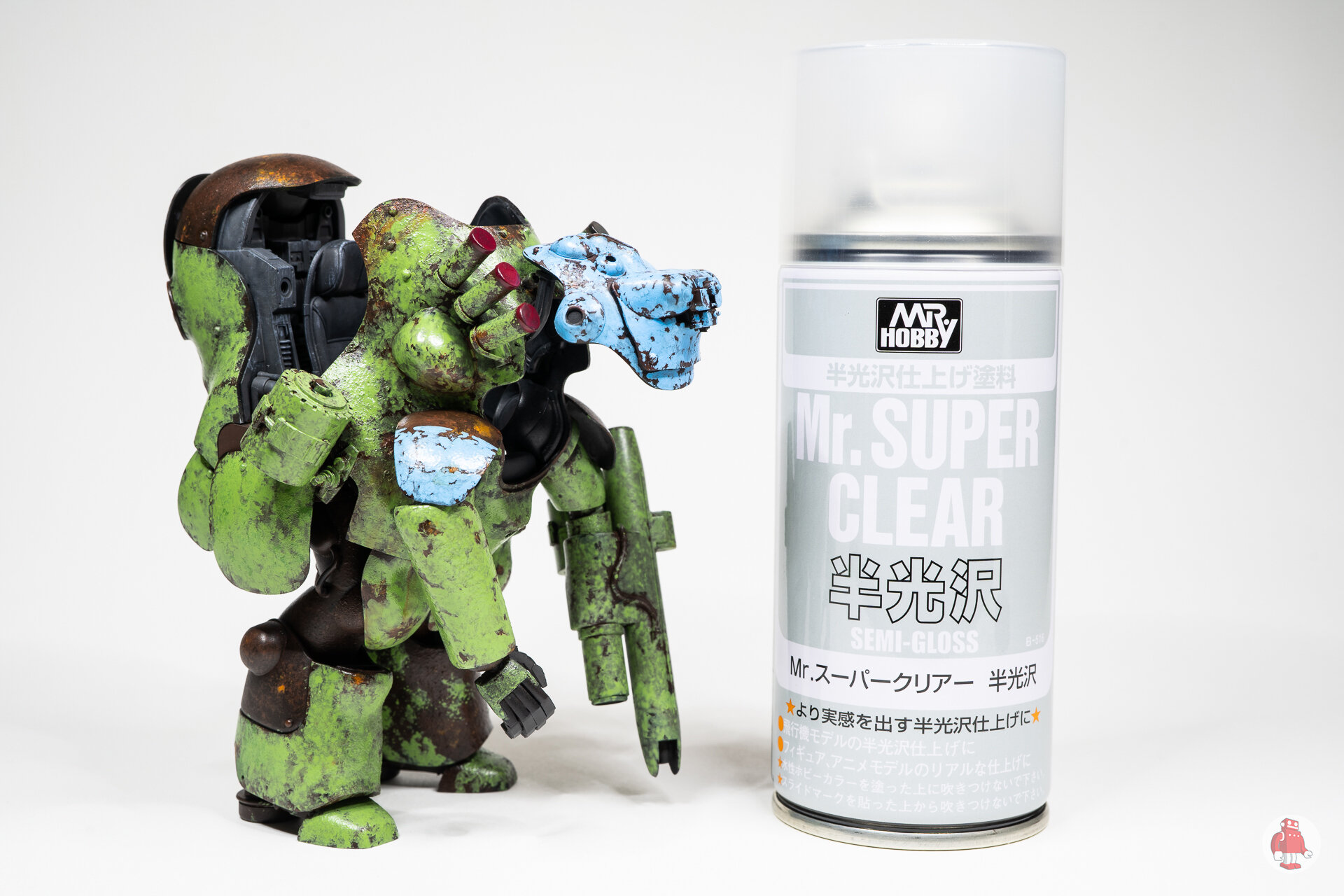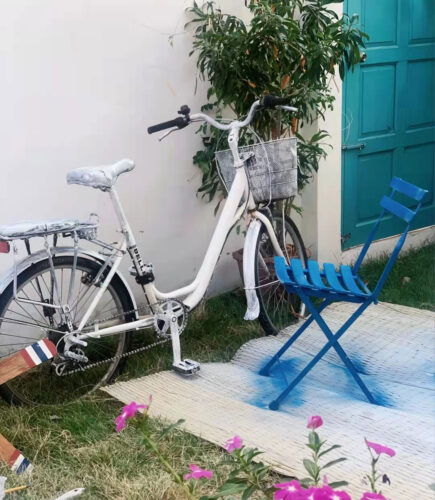Acrylic spray paint is commonly used for art and craft projects to create a smooth, even coat of color on various surfaces. It is also popular for graffiti art and mural painting due to its quick-drying properties and vibrant, long-lasting results.
Additionally, acrylic spray paint can be used for upcycling furniture, DIY home decor projects, and outdoor paintings as it is weather-resistant and offers excellent adhesion to a wide range of materials such as wood, metal, plastic, and canvas. Its versatility, ease of use, and ability to create both opaque and transparent effects make acrylic spray paint a go-to choice for artists, hobbyists, and DIY enthusiasts.
The Basics Of Acrylic Spray Paint
Acrylic spray paint is a versatile and popular medium used by artists, DIY enthusiasts, and professionals alike. With its fast-drying formula and ease of use, it has become a go-to choice for various applications. Acrylic spray paint offers a multitude of advantages, making it suitable for a wide range of projects.
Acrylic spray paint is made from acrylic polymers suspended in a solvent. It can be applied to numerous surfaces, including canvas, wood, metal, plastic, and more. The spray form allows for a consistent and even application, offering a smooth and professional finish.
- Quick drying time: Acrylic spray paint dries rapidly within minutes, allowing for efficient workflow and layering.
- Wide color range: Acrylic spray paint comes in an extensive selection of vibrant colors, enabling artists and creators to achieve their desired effects.
- Weather resistance: Once dry, acrylic spray paint creates a durable and long-lasting finish that can withstand exposure to the elements.
- Opacity: Acrylic spray paint offers excellent coverage and opacity, depending on the brand and specific color.
- Compatibility: It can be used in conjunction with other acrylic paints, mediums, and techniques.
- Fast and easy application: The aerosol can provide a convenient method for applying the paint evenly and precisely.
When compared to other types of paint, such as oil or watercolor, acrylic spray paint stands out for its quick drying time and ease of use. Unlike oil-based paints, acrylic spray paint doesn’t require extensive cleanup or solvents. Additionally, acrylic spray paint offers the convenience of immediate usability without the need for mixing or dilution.
Applications Of Acrylic Spray Paint
Acrylic spray paint is a versatile product that finds its applications in various fields. One of the primary uses of acrylic spray paint is in furniture restoration and DIY projects. Whether you want to revive an old chair or give a new look to your cabinets, acrylic spray paint provides a quick and easy solution. It is also widely used in arts and crafts projects for creating beautiful paintings, sculptures, and mixed-media artwork. The spray paint dries quickly and provides a smooth, even finish, making it ideal for artists. In addition, acrylic spray paint is popular for both outdoor and indoor decorations. It can be used to add color and pizzazz to various surfaces, including walls, wood, metal, and plastic. Another interesting application of acrylic spray paint is in the world of automotive and graffiti art. It allows artists and enthusiasts to create vibrant designs and eye-catching murals.
Techniques For Using Acrylic Spray Paint
Preparing the surface for painting: Before using acrylic spray paint, it is crucial to prepare the surface properly. Clean the area to remove dust, dirt, and grease. Sand any rough surfaces and repair any dents or imperfections. Cover nearby objects and surfaces to protect them from overspray and ensure proper ventilation in the workspace.
| Spray painting techniques and tips | Gradient and blending effects |
|---|---|
| Spray painting allows for quick and even coverage of large areas. Maintain a consistent distance between the spray can and the surface to avoid drips and pooling. Use smooth and overlapping strokes for a seamless finish. | Create beautiful gradient and blending effects by layering multiple colors. Start with a base color and spray lighter or darker shades on top while the paint is still wet. Blend the colors using a soft brush or sponge. |
| Stenciling and masking techniques | Sponging and splattering effects |
| Use stencils to add intricate designs or patterns to your projects. Secure the stencil in place and spray paint over it with even pressure. Remove the stencil carefully to reveal the design. | Create unique textures and patterns by sponge painting or splattering paint onto the surface. Dip a sponge or brush into the paint and dab or flick it onto the surface for different effects. |
| Texture and layering techniques | Troubleshooting common issues |
| Add texture to your artwork or crafts by spraying paint over textured objects, such as stencils, mesh, or leaves. Experiment with different materials to achieve desired effects. | Common issues like drips, uneven coverage, clogging nozzles, and overspray can be resolved with proper technique and preparation. Practice on a test surface before starting your project and adjust the spray pressure as needed. |
| Drips and uneven coverage | Clogging and nozzle problems | Overspray and ventilation |
|---|---|---|
| If drips occur, wipe them gently with a cloth or sponge before they dry. To achieve even coverage, keep the can moving in a steady motion while spraying and avoid oversaturating one area. | If the nozzle becomes clogged, remove it and soak it in paint thinner or warm water to dissolve the dried paint. Clean it thoroughly before reattaching it. Unclogging the nozzle improves spray control. | Proper ventilation is essential when using acrylic spray paint. Work in a well-ventilated area or outdoors to prevent excessive inhalation of fumes. Use a respirator mask if necessary. |
Choosing And Using The Right Acrylic Spray Paint
When selecting acrylic spray paint, there are several factors to consider to ensure the best results. Firstly, you should determine the type of finish you desire – whether it is glossy, matte, or something in between. This will depend on the intended use and personal preference. Another important aspect is color selection and color mixing. Acrylic spray paints come in a wide range of colors, and some brands even offer the option to mix colors for custom shades. Brand considerations are also crucial as reputable brands are more likely to provide high-quality paint that is vibrant and long-lasting.
Safety is paramount, so it is essential to follow safety precautions while working with acrylic spray paints, such as using them in well-ventilated areas and wearing appropriate protective gear. After use, proper storage and maintenance of the paint cans help to prolong their shelf life. Lastly, it is advisable to test spray and practice techniques beforehand to ensure precise application and achieve the desired effects.

Credit: www.paintonplastic.com
Frequently Asked Questions Of What Is Acrylic Spray Paint Used For
What Is Acrylic Spray Paint Used For?
Acrylic spray paint is used for various purposes including DIY projects, art and crafts, painting furniture, home décor, and graffiti. It provides a smooth and even coat, dries quickly, and offers vibrant colors. It can be used on different surfaces like wood, metal, plastic, and canvas, making it versatile for both indoor and outdoor projects.
Conclusion
Acrylic spray paint is a versatile and practical tool for artists and DIY enthusiasts. With its quick-drying properties, vibrant colors, and ability to adhere to various surfaces, it has become a go-to option for creative projects. Whether you’re revitalizing furniture, adding artistic flair to walls, or giving old objects a new lease of life, acrylic spray paint offers endless possibilities.
Its durability and weather resistance make it suitable for outdoor applications too. So, unleash your creativity and explore the endless possibilities of acrylic spray paint!

